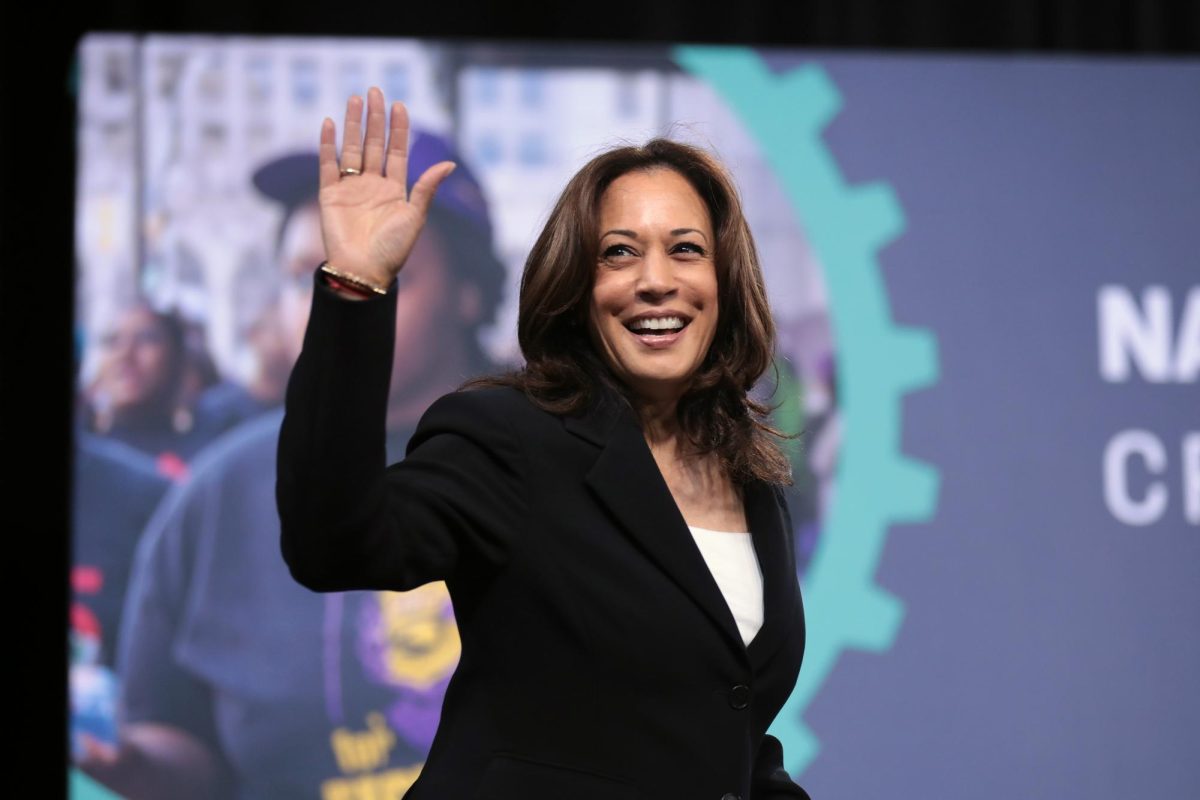
Indiana’s Carmel High School went viral for a TikTok boasting the institution’s public cafe, planetarium, hall of fame and several gymnasiums went viral—and for a reason. Most students cannot access such amenities, especially in schools near Carmel in Indianapolis and Avon, where a dangerous pipe burst prevented students from attending school.
Not all education is equal. Carmel is one of many high schools that receive far more resources and have twice as many students enrolled in Advanced Placement courses compared to other schools in the area, according to a US News & World report. With so many facilities, Carmel students are bound to flourish, but other nearby institutions are left behind with fewer resources. While the Brown v. The Board of Education case and the Equal Educational Opportunities Act of 1973 behave as legal protection for equal education, systems that prevent a fair distribution of resources still exist and damage students’ abilities to learn.
The issue begins with public school funding. Locally bankrolled by property taxes, public schools surrounded by wealthier neighborhoods will likely receive more funding from high-value properties. This issue intensifies when many of these schools that receive funding are predominantly white. According to a study by the Economic Policy Institute, over 70% of Black students are enrolled in high-
poverty institutions while only 30% of white students attend these schools.
State governments are expected to provide financial assistance to ease this disparity, but this fails to be upheld. According to an Urban Institute report, Connecticut, Massachusetts and Ohio were some of the many states that faced legal trouble for regressive funding systems. According to a study held by nonprofit Edbuild, this inequality results in nonwhite districts receiving $23 billion less for their students than their white counterparts.
Rebecca Sibilia, the chief executive of EdBuild, notes how the current school funding system is detrimental to student achievement.
“So long as we link opportunity to gerrymandered borders and school funding to local wealth, we will never have a fair education system,” Sibilia said. “The wrenching reality is that, from any angle, America is investing billions more in the future of white children.”
Organizations are finding justice by holding state governments accountable in the courtroom. In 2018, several local organizations collaborated to file the Latino Action Network v. State of New Jersey lawsuit. According to the New York Times, the suit blamed unequal education on a law that forces children to attend schools within their municipalities. With towns such as Plainfield, where 82% of the population is Black and Latino and 22% of families are in poverty, and Westfield, with an 86% white population and 2% poverty rate,
the schools face a large funding disparity.
The organizations are still waiting for a court decision, but Christian Estevez, president of the Latino Action Network, believes the courtroom is the most effective way of holding systems accountable. As someone who attempted to help children locally and served on the Plainfield Board of Education, he found that local resources were insufficient.
“No matter how you moved kids around, within the boundaries of our town, there was no release valve for that concentrated poverty,” Estevez said. “You were still going to have classrooms full of kids that were struggling.”
When held accountable, state governments can provide the resources needed to assist economically disadvantaged institutions. In a study of New Jersey’s educational disparities, the UCLA Civil Rights Project found that Ohio and Massachusetts found solutions after facing lawsuits for unequal educational opportunities. Implementing strategies such as transferring students to other schools, creating regional magnet institutions and combining municipalities could socioeconomically diversify schools and provide children with more resources.
Gary Orfield, a collaborator on the study, notes that solutions for New Jersey and other areas’ education systems can only come from holding states accountable.
“We are calling on New Jerseyans to think about voluntary efforts and incentives that will foster diverse educational options for students who have been denied them and could profit greatly from them,” Orfield wrote in the report. “The many thousands of children who have no other option are all our children, they are our future, and they deserve a better chance.”









